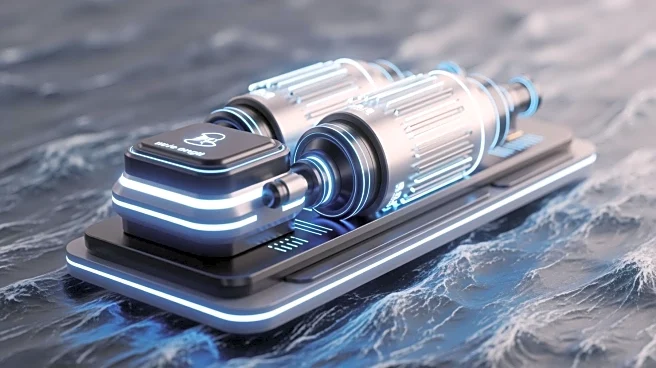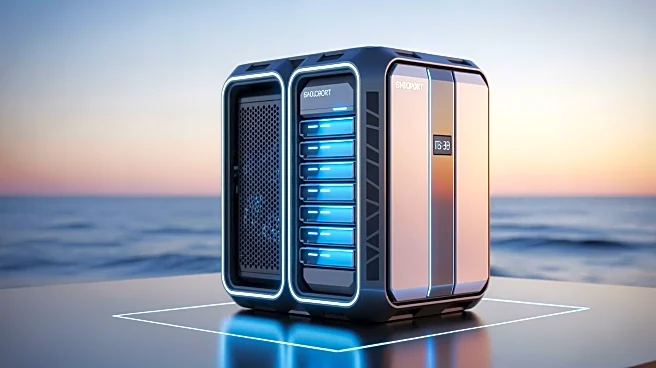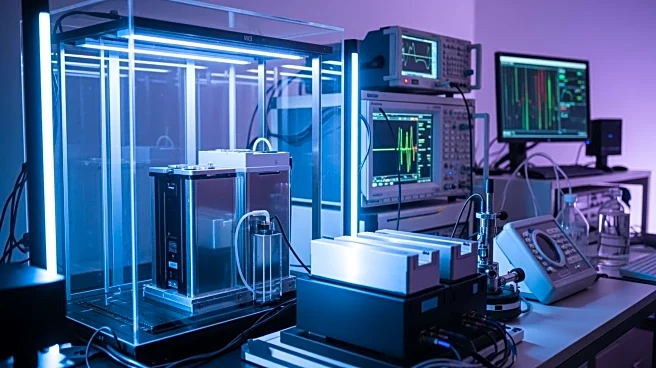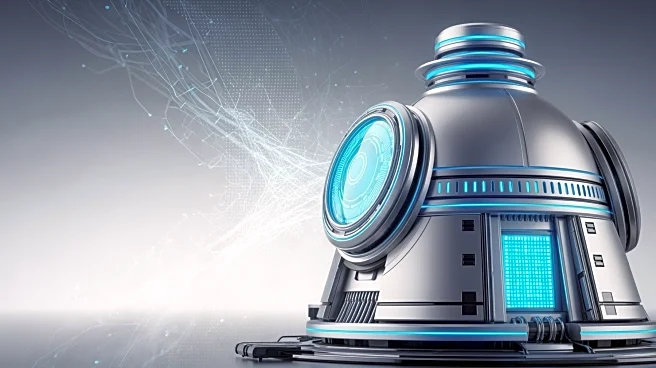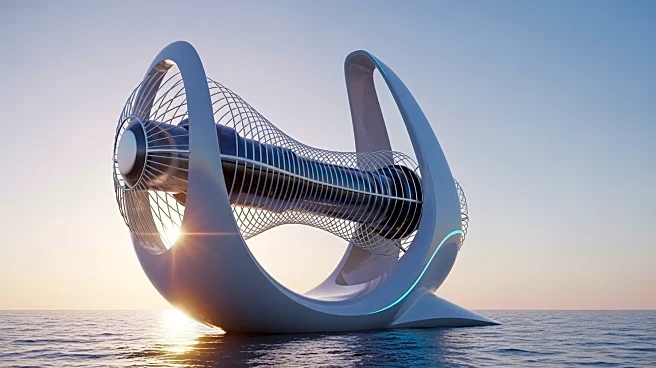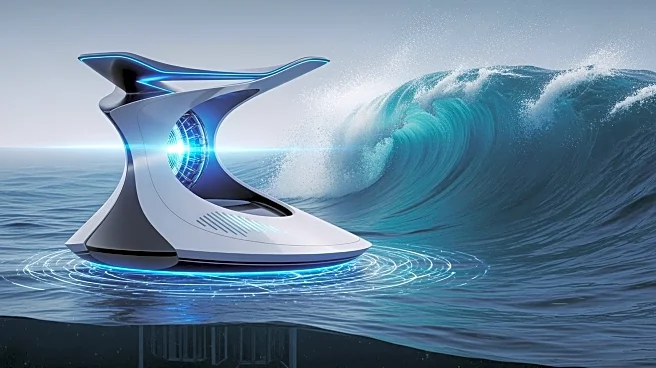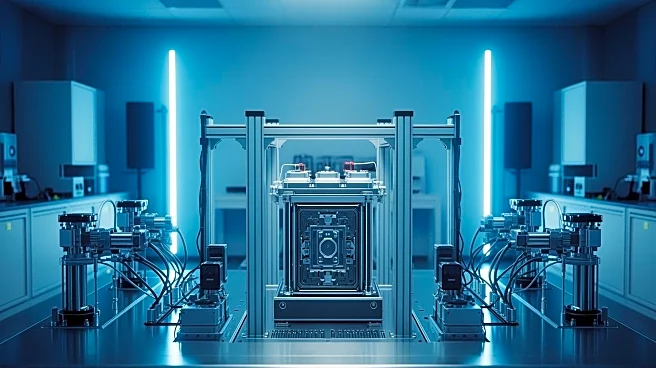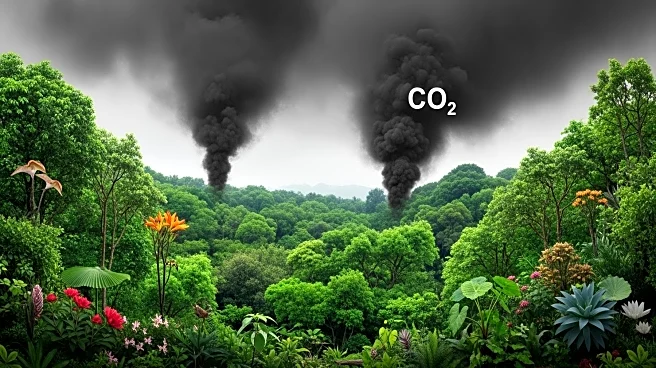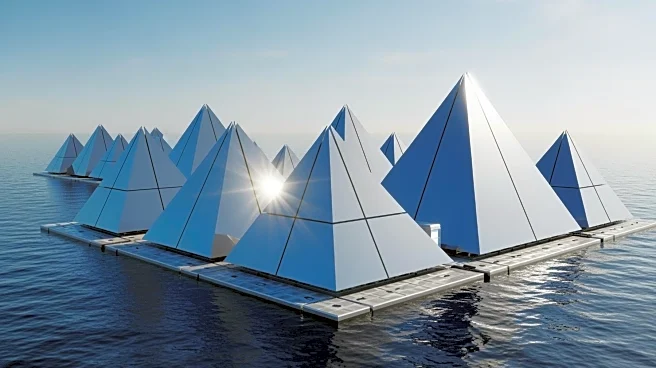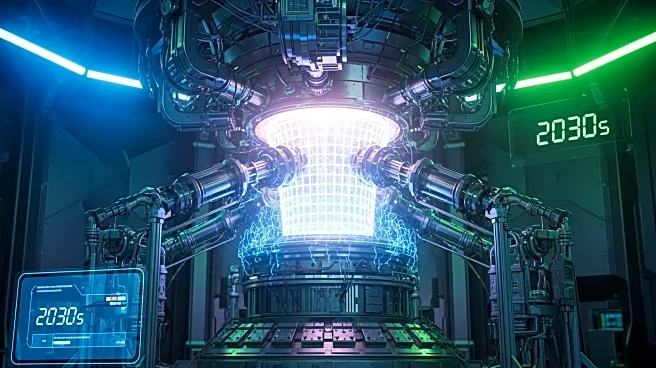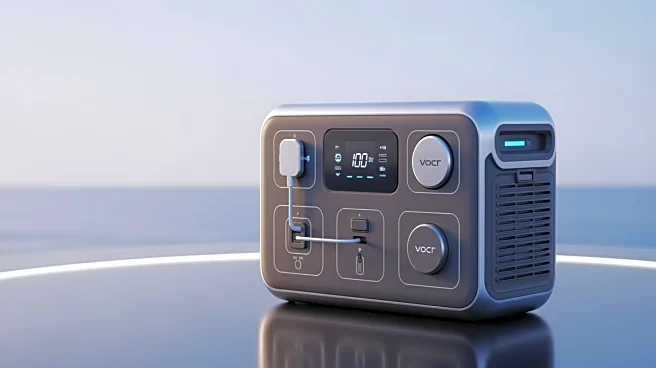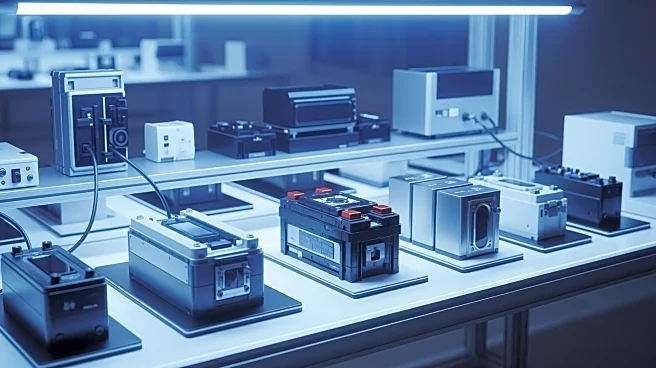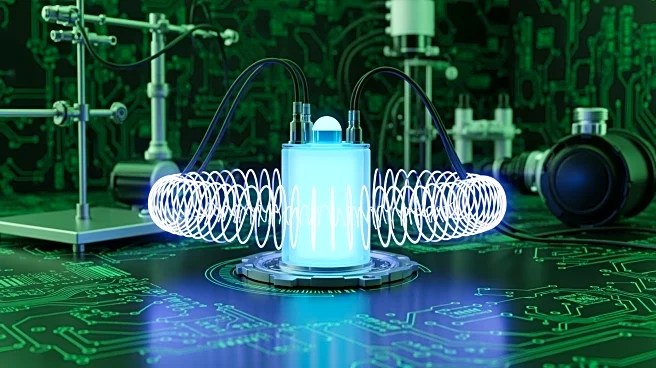What's Happening?
The National Renewable Energy Laboratory (NREL) is advancing its hydraulic and electric reverse osmosis wave energy converter (HERO WEC) through a series of design enhancements. Since 2024, the team has been working on improving the device's robustness,
reliability, and deployability. Recent modifications include replacing the original wire rope with a polyurethane flat belt and redesigning the outer body to a more rigid, shell-like frame. These changes aim to enhance the device's ability to withstand harsh ocean conditions and improve maintenance by relocating power system components to the top of the float. The HERO WEC, funded by the U.S. Department of Energy’s Water Power Technologies Office, is designed to pump seawater through an onshore reverse osmosis system to produce fresh drinking water. The team has validated the accuracy of their computer-generated simulations using NREL’s wave tank, confirming the new design's efficiency and survivability.
Why It's Important?
The advancements in the HERO WEC project are significant for the future of renewable energy, particularly in the field of wave energy. By improving the device's durability and efficiency, NREL is paving the way for more sustainable and reliable wave energy converters. This technology has the potential to provide a consistent and clean source of energy, contributing to the reduction of reliance on fossil fuels. The ability to produce fresh drinking water through desalination also addresses critical water scarcity issues, offering a dual benefit of energy and water supply. Stakeholders in the renewable energy sector, as well as communities in need of sustainable water sources, stand to gain from these developments.
What's Next?
Following the successful validation of the new design in the wave tank, the NREL team plans to rely on simulation tools to further refine the HERO WEC's shape and component configuration. The goal is to maximize power generation and water production while minimizing the force on the anchor and the device itself. The next steps involve scaling up the prototype and preparing for longer-term deployments in real-world ocean conditions. These efforts will be crucial in demonstrating the commercial viability of wave energy converters and their integration into the broader renewable energy landscape.
Beyond the Headlines
The development of the HERO WEC highlights the intersection of engineering and environmental sustainability. The use of advanced simulation tools akin to video games underscores the innovative approaches being employed in modern engineering. This project also reflects a broader trend towards harnessing natural resources in a way that minimizes environmental impact while maximizing utility. As wave energy technology matures, it could lead to significant shifts in how coastal regions manage energy and water resources, potentially influencing policy and investment in renewable technologies.
